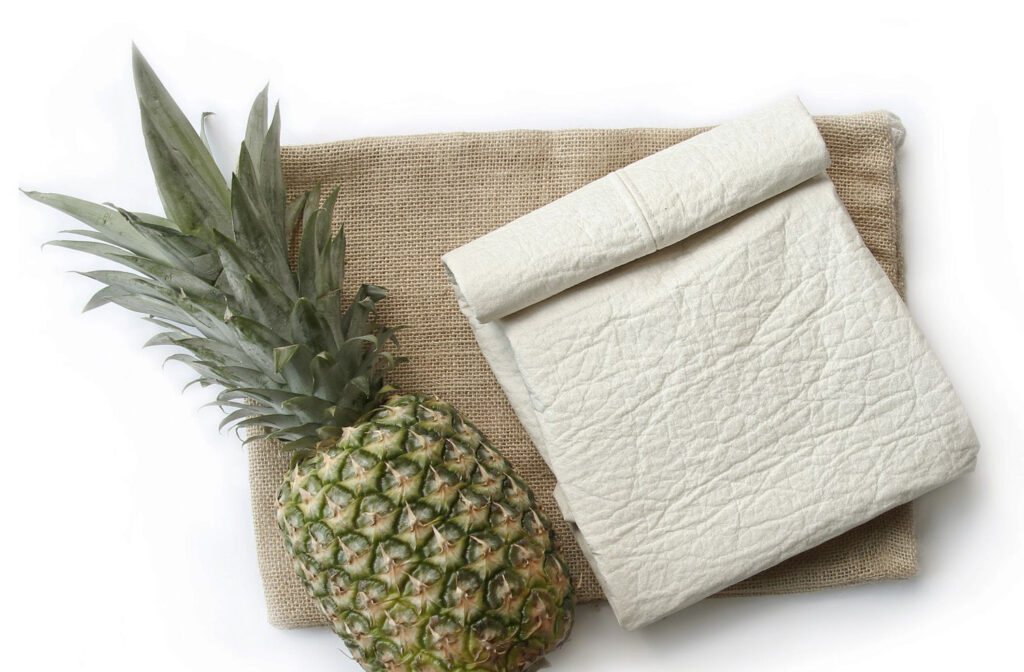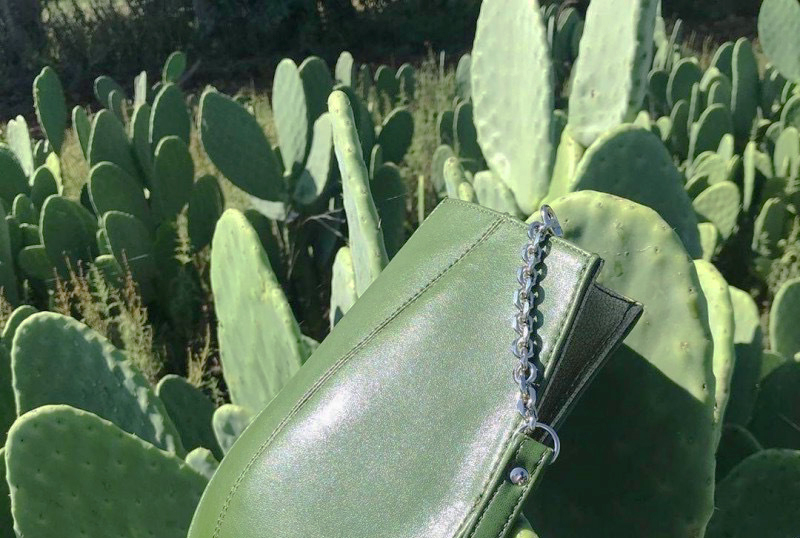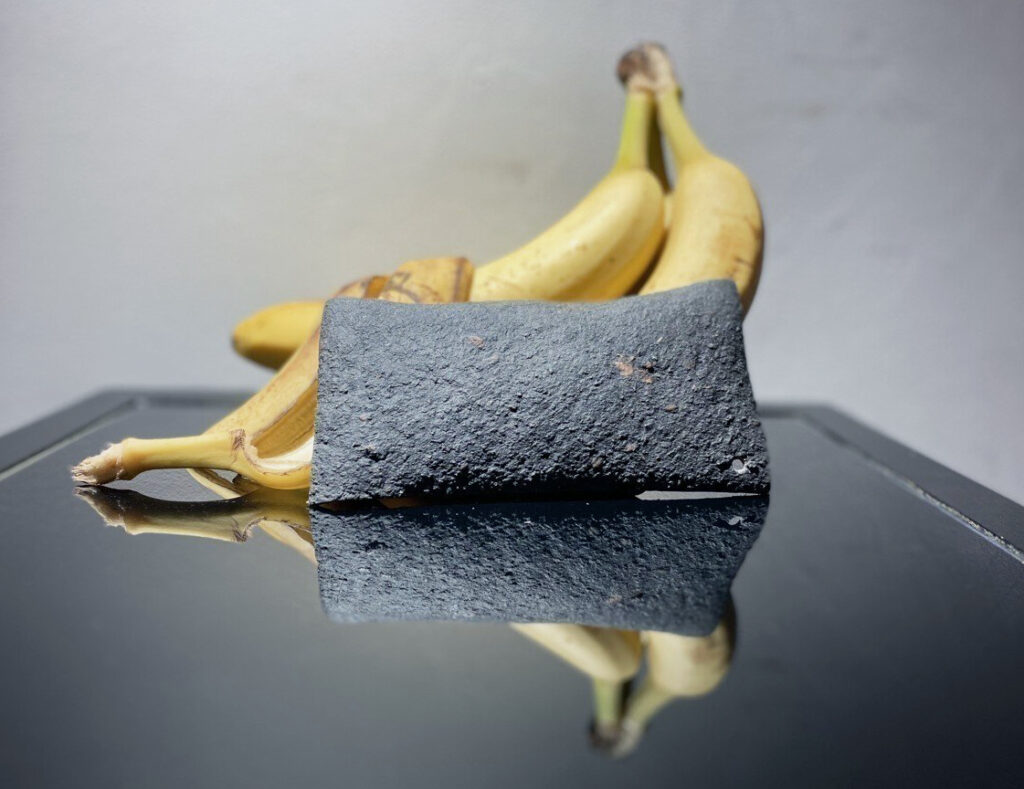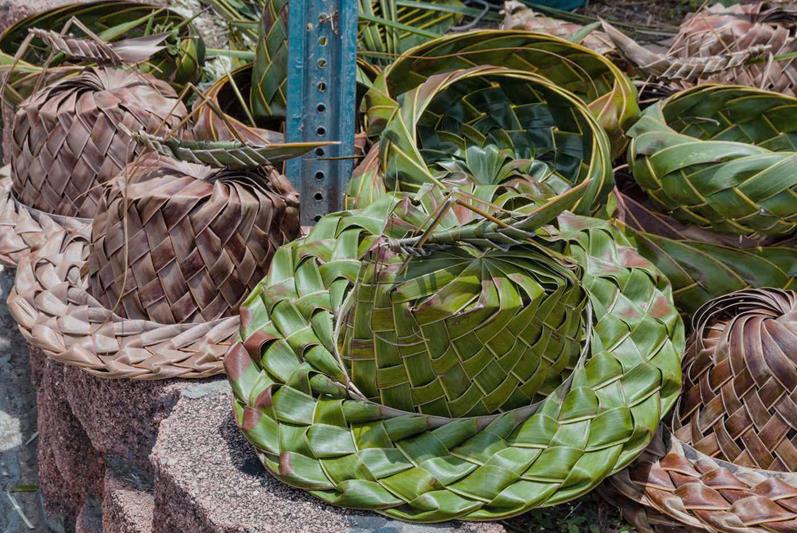Throughout history, the fashion industry has received backlash for producing certain products. This had a negative impact on the environment due to overuse of natural resources as well as inappropriate treatment of animals. In response, there’s been a rising demand for eco-friendly and ethically sourced alternatives to natural leather. This is due to increased environmental awareness and advancements in technology that enable the creation of leather-like materials. Let’s explore the primary eco-friendly alternatives to genuine leather, examining their respective benefits and drawbacks.
Eco-friendly Solutions in Leather Production
The introduction of vegan leather marks a significant stride in promoting animal welfare and environmental sustainability. This ethical alternative abstains from animal use yet provides an array of fashionable and high-quality materials. Noteworthy options include leather derived from banana, cactus, and pineapple, which can be recycled once the product reaches the end of its lifecycle.
Pineapple Leather
Piñatex is an innovative material from pineapple leaf fibers, offering an environmentally friendly alternative to natural leather. Developed by the Spanish company Ananas Anam, founded by Carmen Hidalgo, the material has many benefits, including environmental and ethical sustainability. Pineapple leather is used in fashion, where it is used to make shoes, bags, clothing and other products. Moreover, Piñatex supports farming communities in the Philippines by providing additional income to local pineapple farmers.
The production process involves collecting pineapple leaves after the fruit is harvested, extracting the fibers through decortication, cleaning and drying them in the sun, converting them into non-woven fabric and finishing them with water-based polyurethane to impart water-repellent and wear-resistant properties.
Although this material exhibits impressive strength and resilience, it lacks the durability of genuine leather. While Piñatex successfully mimics leather’s texture, its appearance and tactile feel can vary, potentially not satisfying every consumer’s preferences. Additionally, its higher cost, influenced by limited production, places it above certain synthetic alternatives in terms of price.

Cactus Leather
Cactus leather, branded as Desserto, represents a pioneering and sustainable substitute for genuine leather. Developed by Mexican entrepreneurs Adrian Lopez Velarde and Martin Casares, this material minimizes water consumption by leveraging the cactus plant’s natural efficiency with water. Furthermore, cactus skin biodegrades partially on its own, lessening its ecological footprint.
The production process starts by harvesting mature leaves in Zacatecas, Mexico. These leaves undergo cleaning, crushing, and sun-drying to reduce energy usage and carbon emissions. They are then transformed into powder and combined with additives to form a flexible substance, which is shaped into sheets and processed to mimic the texture of genuine leather.
Although cactus leather boasts notable strength and resilience, it currently lacks the durability of natural leather, limiting its suitability for products requiring exceptional longevity. Nevertheless, with continuous technological advancements and increased production capabilities, cactus leather holds promise for broader adoption and heightened demand across various sectors.

Banana Leather
Banana leather presents a creative and sustainable option for individuals looking to replace traditional leather. Initially, fibers are extracted from banana stems using mechanical techniques and eco-friendly chemicals. After drying, these fibers are processed into a textile base. The final step includes applying coatings to improve toughness, flexibility, and water resistance, resulting in a material that mimics leather.
This material promotes sustainability by repurposing agricultural waste, which reduces its environmental footprint and saves water and energy compared to genuine leather production. Its biodegradability further reduces its ecological footprint compared to synthetic alternatives. Additionally, it fosters sustainable development within local communities by generating supplementary income opportunities for farmers and laborers.
At the same time, banana leather is less durable and can be more expensive than other materials due to limited production. Banana leather has applications in fashion, furniture and even the automotive industry as a sustainable alternative, although its appearance and texture may differ from traditional leather and may not satisfy all consumers.

Why is an Eco-friendly Alternatives Necessary in the Modern World?
Leather attracts attention with its durability and attractive appearance, making it a desirable choice for many products. However, as its use increases, questions arise about the environmental and ethical aspects of production. The leather processing process consumes significant amounts of water and chemicals, which can harm the environment, especially in regions with limited water resources. This is why environmentally friendly alternatives are beginning to gain more and more importance due to their benefits.
Environmental issues associated with natural leather:
- The process of making genuine leather requires enormous resources such as water and energy. The use of large volumes of water can lead to depletion of water resources and the creation of environmental stress in regions with limited water supplies.
- Leather processing can generate large amounts of waste, including chemicals and animal waste, which can pollute soil, water and air. Managing such waste requires specialized technologies and efforts to minimize its impact on the environment.
- The living conditions of animals used for leather often raise ethical concerns among consumers. Animals may be subject to cruel treatment and poor living conditions.
Eco alternatives can at the same time solve ethical issues and problems:
- Sustainable leather alternatives like pineapple, cactus, and banana leather provide a means to decrease water and energy use while lessening the strain on natural resources.
- Many eco leather options use agricultural byproducts or plants not intended for food production. This in turn promotes efficient use of resources.
- Thanks to their ethical principles, eco-leather manufacturers have gained support from vegans and people concerned about animal welfare, as they do not involve the use of pets.
- The advancement of new technologies and materials is fostering innovation in the textile and fashion sectors, opening fresh avenues for designers and manufacturers alike.
There are a range of environmentally friendly alternatives to real leather that suit a variety of consumer preferences. Choosing the right material involves striking a balance between factors such as cost, aesthetics, durability and environmental impact. It is therefore important to continue research and development to support sustainable and ethical solutions in the future.




